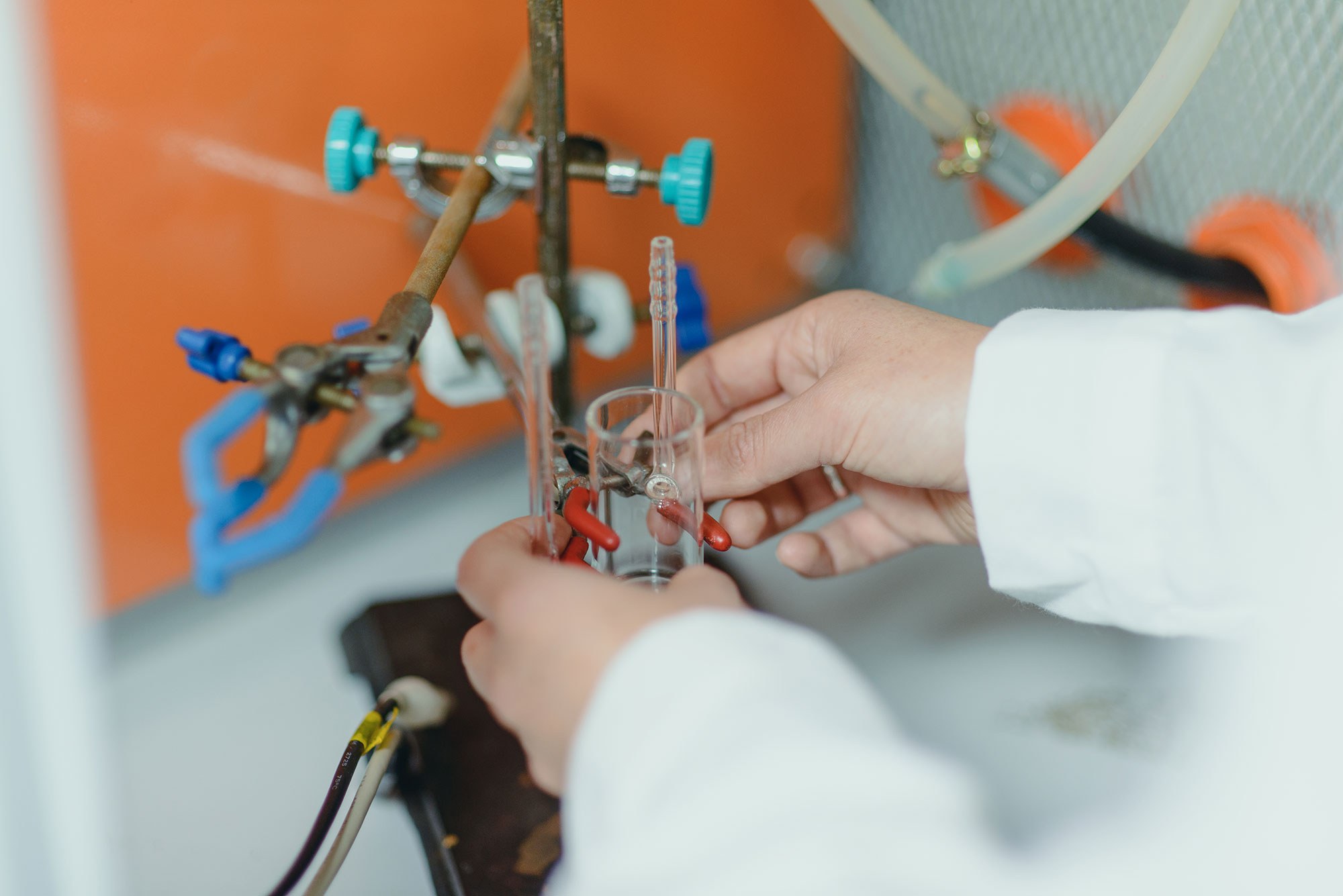Guzmán-De La Cerda, D., Jofré-Ulloa, P. P., Benavente, E., González-Henríquez, C., Celis, F., Rodríguez-Hernández, J., Martinez-Campos, E., Vera-Rojas, V. & Melo-Sanguinetti, J. P. (2025). Incorporation of Water-Soluble Quantum Dots and Formation of Wrinkled Patterns on Acrylic and Silicone Elastomers. ACS omega. https://doi.org/10.1021/acsomega.4c04071
Abstract: In this article, poly(dimethylsiloxane) (PDMS) and VHB4910 (AR) elastomers are used to fabricate nanocomposites with quantum dots (QDs) of two different sizes (2.77 nm (Q2) and 4.21 nm, Q9). QDs are synthesized in an aqueous medium, with control of their size by the reflux time. The elastomer hydrophobicity is adjusted by (i) ultraviolet–ozone (UVO) treatment and (ii) functionalization with 3-aminopropyl-trimethoxysilane (APTMS, 10% v/v). The obtained elastomers are submerged in QD solution and sonicated for 24 h. The presence of QDs on the modified surface is confirmed by scanning electron microscopy–energy-dispersive spectroscopy (SEM–EDS). The Raman spectroscopy characterization shows an amide functional group at 1500–1570 cm–1, confirming the covalent binding of the QDs with the APTMS. As a result of the modification, wrinkled patterns are observed on the modified elastomers, formed by a swelling-induced mechanism (PDMS) and a mechanical stretching/compression (AR). The nanocomposites display emission peaks akin to QDs in solution (521.0–579.0 nm for Q2, 531.5–585.5 nm for PDMS-nanocomposites, and 537.0–597.5 nm for AR-nanocomposites) and lifetime averages between 1.09 and 2.18 ns, confirming the obtaining of nanocomposites with desired optical properties.
Diego Guzmán
diego.guzman@umayor.cl


